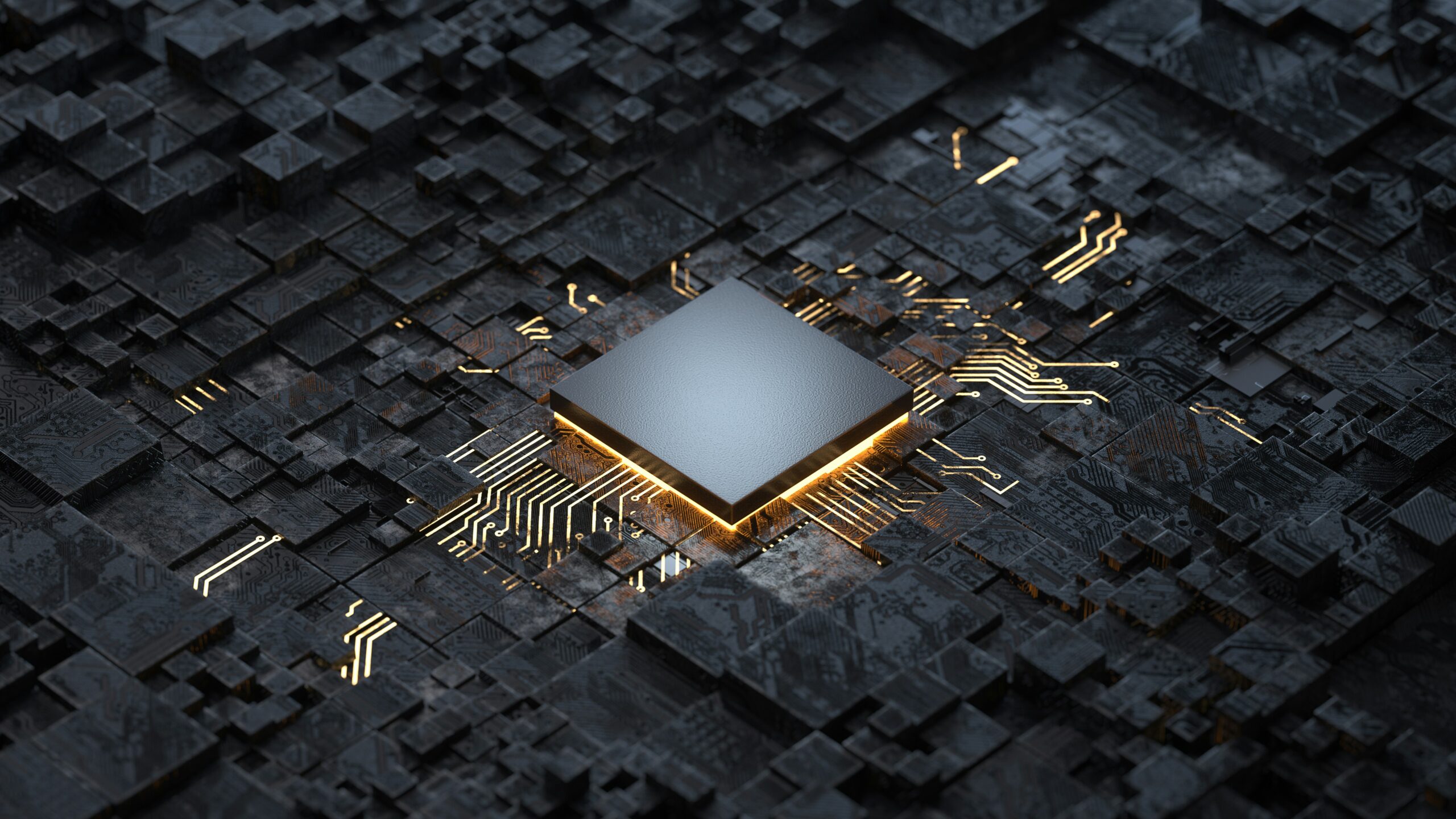Technology giants including Nvidia, Microsoft, Alphabet, Amazon and Apple are collectively deploying more than $400 billion over the next year to expand AI infrastructure – signalling a new phase in which artificial intelligence is underpinned not by hype but by massive capital investment. Analysts estimate annual AI-related spending could approach $1 trillion by the end of this decade as these companies accelerate expenditure across data centres, custom chips, energy systems and advanced cooling, turning AI into the backbone of a multi-trillion-dollar industrial build-out.
This investment surge is transforming the AI ecosystem from a software-led revolution into a hardware-driven one. Spend is flowing deep into the supply chain, benefiting semiconductor foundries, memory manufacturers, optical component makers, and specialist engineers building the physical infrastructure needed to support high-intensity compute. Nvidia, at the core of this transition, has become a $2.1 trillion company, while hyperscalers such as Microsoft and Amazon are expanding their cloud footprints globally to monetise demand for generative AI services. Such scale signals that the world’s most valuable public companies are now functioning more like sovereign investors – reshaping energy, telecommunications and logistics in the process.
The implications are multi-layered. On one level, this wave of corporate capital is becoming a competitive “superweapon” in the global race for AI dominance, leaving smaller players scrambling to partner or specialise. On another, it is changing macro-economic assumptions: far from being a speculative bubble, AI is catalysing tangible infrastructure development. Data centre construction is spiking, demand for renewable energy is rising as operators seek low-cost power sources, and cross-disciplinary partnerships are emerging between tech, utilities and manufacturing.
For CEOs, policymakers and investors, this signals a structural opportunity. Rather than betting on front-end AI apps alone, the growth lies in aligning with the backbone – fabrication, compute hardware, energy provisioning and data-centre services that will support the world’s evolving digital economy. In short, AI’s future is being built not just with code, but with concrete, copper and capital on an unprecedented scale.


